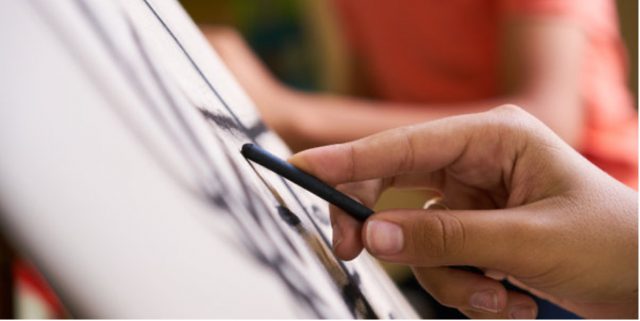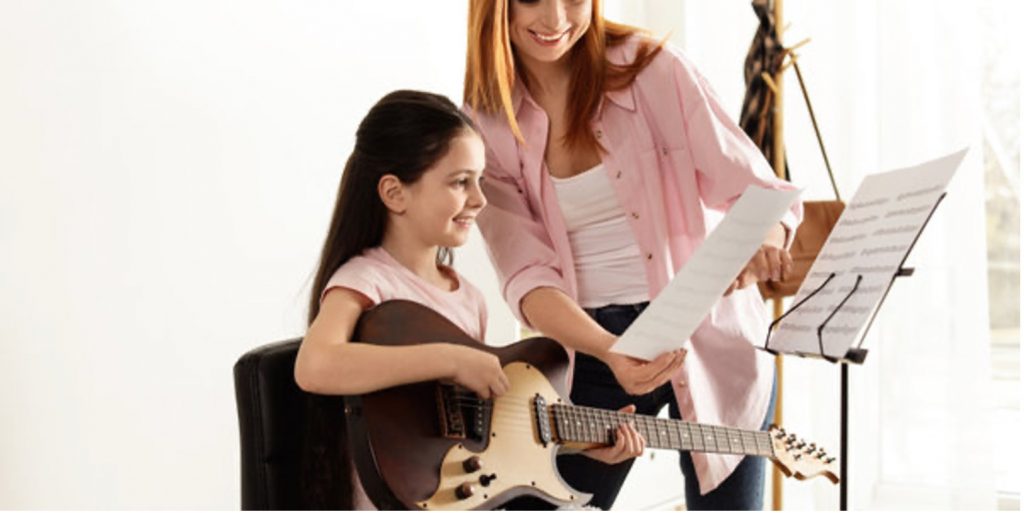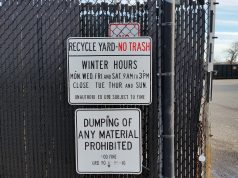Chris Russo of Portland, OR is a writer, world traveler, and educator. Having an appreciation of the arts and art education, Christopher Russo explains below some of the concerning trends regarding funding of art programs throughout the US.
Chris Russo notes that the Commission on the Arts has recently expressed concern that art education at public schools is in a state of emergency. The commission, which is funded by the American Academy of Arts and Sciences, believes that access to arts education is on a steady decline and immediate attention is necessary to stop this trend.
How did they come to this conclusion? Through years of research, all compiled in a report that lists extensive details on this crisis.
So, what was in the report? How inaccessible is arts education in America? And what can be done to mitigate this crisis?
About the AAAS Commission of the Arts
Mr. Russo reports that The Academy of Arts and Sciences put together the Commission on the Arts in 2018 to research arts education in the US via a multi-year examination. The Academy also set out to assess the degree to which greater support is needed for arts education.
The focus of the research endeavor was on pupils’ access, or lack thereof, to art education in public institutions. Three key Academy of Arts and Sciences members chair the Commission on the Arts. Members include President of Kennedy Center for the Performing Arts Deborah Rutter, actor and writer John Lithgow, and US Poet Laureate Natasha Trethewey.
These members headed up a team of 38 scholars, artists, and activists who contributed their knowledge and time to undertake the analysis and create the resulting report.
Commission Report Conclusions
The final report found an urgent need to include the arts in basic education in all institutions. The study found discrepancies in art education based on social background. On the whole, white children were twice as likely to have access to art as Hispanic or black children. Youth with college-educated parents were found to be as much as six times more likely to have access to the arts than those whose parents did not go to college.
The study also found that in some areas, lower-income schools are extremely behind concerning art education. For example, in some New York City schools, the purchase of art equipment and materials dropped by 84% between 2006 and 2013. In addition, the study found over 42% of low-income area schools had no state-certified art teachers.
The report also found that the skills and values advanced by art education are invaluable in developing well-rounded individuals. The benefits include emotional and social development, improved engagement with other school activities, and improved other crucial social and civic engagements. Committee members cite other studies that prove art education increases tolerance and empathy, understanding of other cultures and histories, and that musical studies even increase brain gray matter in some areas of the brain.
It also concluded found that teachers need to be supported and developed, so they can reach more students, especially those in lower-income areas.
In light of these findings, Chris Russo of Portland says the chairs suggested that policy changes must occur and that more arts funding be made available.
Factoring in Public Opinion
The Commission of the Arts report is drawing a huge concern from the public. Nearly 90% of Americans feel that art schooling is an essential aspect of comprehensive education, especially in communities that cannot self-fund arts schooling, many of which are expecting change after hearing these numbers.
Chair members acknowledged that American citizens value art schooling as a means to gain traction towards new policies that will provide more funding to arts initiatives, according to Christopher Russo. The committee pointed out that educational policymakers had not developed consistent systems to offer students access to the art necessary for an ideal comprehensive education.
The committee also suggested working towards one goal as a solution: each child attending in person or via online charter schools must have access to instruction in painting, writing, music, theater, and all art forms, notwithstanding any implications provided by their socio-economic situation.
Recommendations
Chris Russo of Portland says that to develop a renewal of the position of arts in basic education, The Commission on the Arts has issued several policy recommendations for leaders to embrace. These recommendations focus on six key aspects that would be applicable to local, state, and national educational facilities.
They are calling for the following amendments:
- That art should be made an essential aspect of education for all children. This should be done by offering a varied set of art classes. Arts should also be included amid core distribution requirements.
- The role of art should continue to be evaluated via research, data, and accountability. This should be carried out at school district, federal, and state levels. Accountability systems should be reformed to integrate art education into the range of desired results cultivated by schools.
- Key players should ensure funding for arts education is sufficient and fairly dispensed with. This can be done by the provision of significant financial support for public education and acceptable funding functions at local and state levels.
- Priorities around policies and funding to improve arts accessibility should occur. To this end, recruitment, development, and support for arts educators should be developed. This should respond especially to underrepresented groups.
- Collaboration within art and education communities should be fostered and nurtured via sufficiently funded partnerships between schools and wider arts communities.
- Federal leadership with regard to the arts should be restored via the increase of funding and reinstatement of the President’s Committee on the Arts and Humanities. A national celebration of art education should also be embraced.
Conclusion
The AAAS Committee of the Arts report calls for public schools to make more effort in providing access to the arts. However, the report determined that this responsibility doesn’t just fall on educators in school districts. All employees in the community-building and state education departments and politicians need to work together to achieve a thriving art education system.
The report also suggested that the onus is on other stakeholders such as community centers and museums to create opportunities at their facilities for students to engage with art.
This is not even a uniquely American problem either. On a recent sojourn, Chris Russo found Paraguay is experiencing a parallel situation.
Russo hopes that the low engagement numbers found in this report encourage these key players to make art education a priority in America and that we’ll start to see an increase in student participation within the next five years.







